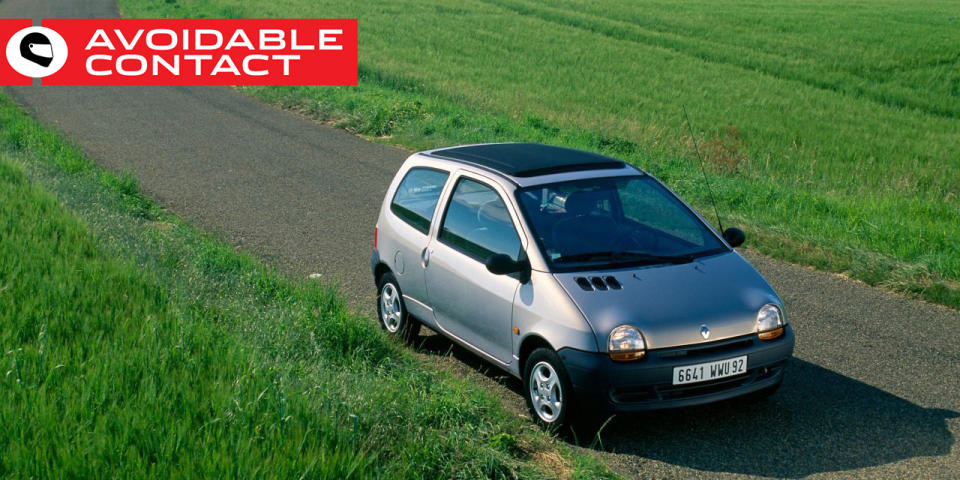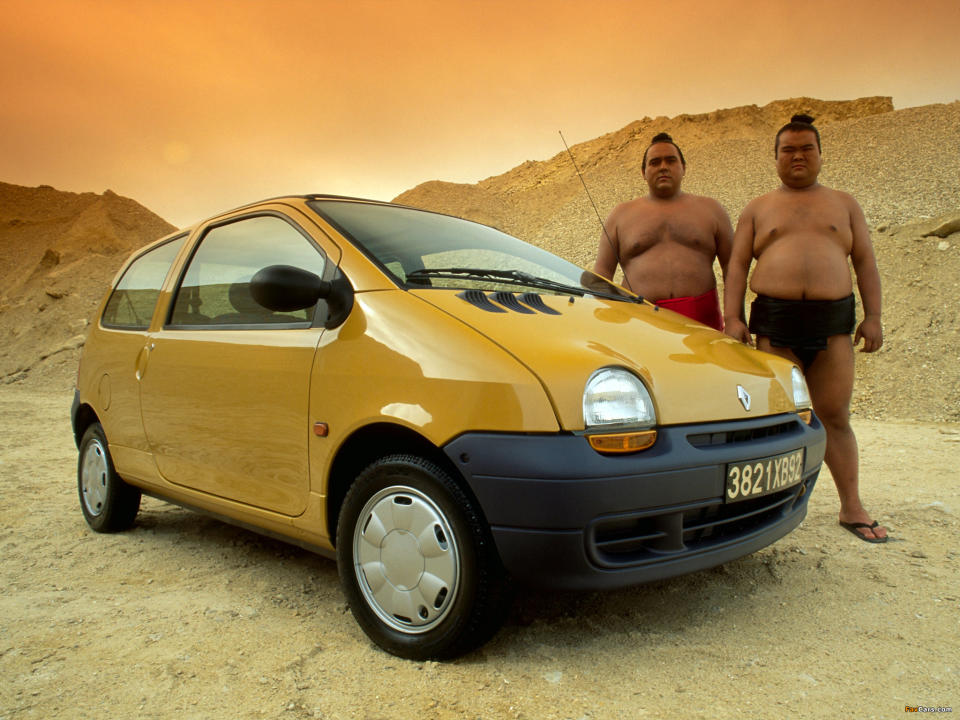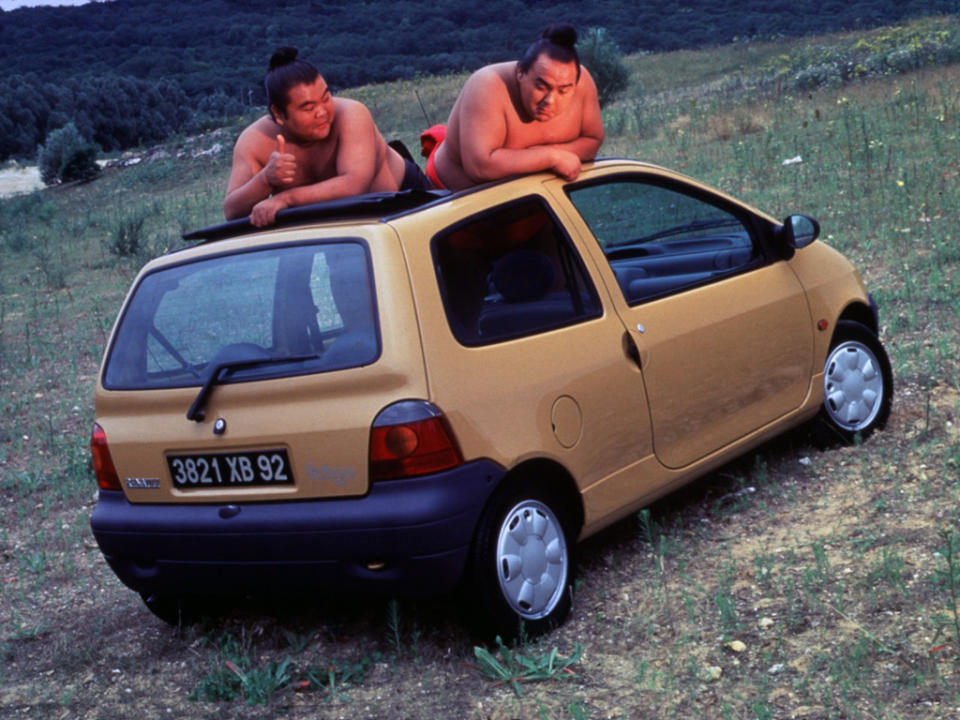How to Understand European Car Owners

“I could really get used to never seeing pickup trucks, giant SUVs, or minivans on the road.” It was early in the morning and I was part of a small group that was walking up a dirt trail to the very far end of the Spa-Francorchamps road course. Most of us were Americans, and most of us don’t get over to Europe very often, so we all suffer from a bit of culture shock when we finally get off the plane and out onto the roads.
It’s a true pleasure for me to play “Spot That Car” on any British or European highway. As my friend had just pointed out, the roads are mostly empty of five-thousand-pound live-axle Titanosaurs. Instead, there’s a confounding variety of small hatchbacks and “MPVs,” which are basically mini-minivans. (The Mazda5 is an MPV, as is the Ford C-Max, but both of those are on the larger side of the European MPV offerings.)
Fifteen years ago, when I first started visiting the Continent, most of the cars on the road sported flat-grey plastic bumpers, like what you used to get on a base-model Plymouth Neon or Toyota Tercel. They were also painted in a wide variety of lurid colors. Red, blue, green, yellow, orange, purple. All the pastels you can imagine. From the window of a plane on approach, the roads appeared to be covered in Skittles.
No longer, alas. The new generation of small cars is taller and larger than the models that came before. They are usually black or silver, and they have plenty of chrome trim. The phrase used by the British press for the affordable vehicles of the Eighties and Nineties was “Cheap and cheerful”. Now, I supposed, we have “Affordable and Conscious Of Its Own Dignity.” I miss the old cars. Most of all, I miss the first-generation Renault Twingo, which was a sort of archetypical European minicar. Fifteen years ago, they were everywhere; ten years ago, they seemed to rule Eastern Europe. Today, they are relatively rare; the newest ones are a decade old.

The Twingo was small in a way that an American cannot truly understand until you’re standing next to one. One hundred and thirty-five inches long, whch is a full foot shorter than a 1976 Honda Civic. Seventeen hundred and fifty pounds. Shaped like the box it came in. With an oddly cheerful face that seemed half-lidded in sleep.
The interior was absurdly simple, with a center stack housing instruments and HVAC controls together. You could slide the rear seat back to make room for people or fold it up to get the most cargo possible into the squared-off cargo area. To study a Twingo for ten minutes is to thoroughly understand how it was assembled and how it would be repaired should the necessity arise. The engines were unassuming eight-valve four-bangers of 1.0 or 1.2-liter displacement.
While the Twingo was never hugely popular, never selling much over 200,000 units even in any of its most successful early years, the cars tended to stick around longer than most of the “minicar” competition because they were cheap to buy and cheap to fix. It was always a young person’s car and now, from what I can see, it tends to be driven by young people who are in modest economic conditions.
There is so much to admire about the Twingo. There’s no wasted space. You can’t point to any part of the car and say that there was unnecessary money spent in its design, specification, or construction. It’s not an attempt to reinvent the small car the way the original Austin Mini was or the way the Smart Fortwo or Mitsubishi i currently are. It’s just a no-frills small car with a cheerful face.
There’s a phrase that has gained a lot of momentum in the software world over the past few years: Minimum Viable Product, or MVP. It refers to the earliest version of the software that fulfills all the basic requirements. Most “apps” nowadays start as Minimum Viable Product and get better and/or more feature-filled as time goes on.

The 1992-2007 first-generation Renault Twingo was a Minimum Viable Product for a continent full of people who were prepared to purchase, and use, such an item. You couldn’t sell it in the United States because we view our cars as an extension of our selves and the Twingo can’t offer any gratification for that mindset. It’s not fast, cool, powerful, expensive, or obnoxiously off-road capable. It’s is simply an acceptable way to take people and cargo a short distance, with the added bonuses of low running costs and easy parking at both ends of the journey.
The new Twingo is not a Minimum Viable Product. It has new, exciting engines and a touch-friendly interior and a raised seating position. Still too small for the United States, of course, but in European traffic it seems reasonably sized and quite chic. It’s not selling like the original Twingo did. The economic and social reasons for this are too numerous to cover here.
I’ve come to believe that the primary automotive-centric difference between Americans and their overseas relatives is this: On both sides of the Atlantic, you have “car people” who really care about their cars. But here in the USA, we also have a whole bunch of people who don’t seem to care about cars at all but who still insist on owning something with twice as much cargo room, passenger space, and curb weight as they could ever possibly need. The same person who buys a Twingo in France or Germany buys a CR-V in the United States. It’s literally twice the car by weight and by consumption.
We would all be better off if the average American bought a slightly smaller vehicle. We would be safer, particularly those of us who drive sporting cars. We would consume less fuel, which would make a major positive political difference in this country. And we would all take up a little bit less space on the road, which would be nice. So I’m going to propose a stimulus package to make this happen. Instead of “Cash for Clunkers”, which raised used-car prices sky-high and filled junkyards with 1996 Explorers, we will have a better idea: Trucks for Twingos. Trade in that F-150 or Sierra with the scratch-free bed and the squeaky-clean trailer hitch for a friendly-faced French minicar. Drivers of the world, unite in Twingo ownership! You have nothing to lose but your, um, pride!
You Might Also Like

 Yahoo Autos
Yahoo Autos 